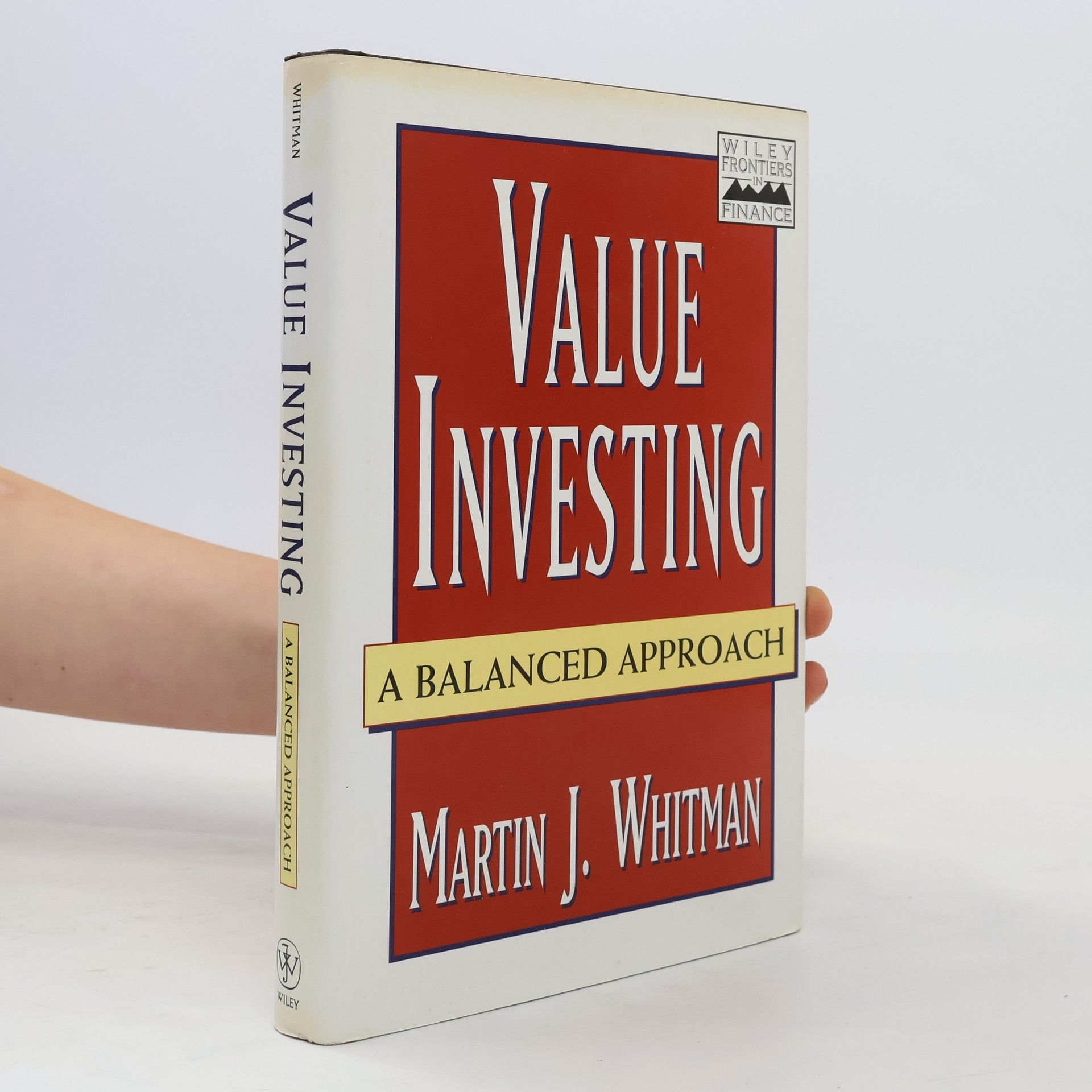Modern security analysis : understanding Wall Street fundamentals
- 496pages
- 18 heures de lecture
A legendary value investor on security analysis for a modern era This book outlines Whitman's approach to business and security analysis that departs from most conventional security analysts. This approach has more in common with corporate finance than it does with the conventional approach. The key factors in appraising a company and its securities: 1) Credit worthiness, 2) Flows—both cash and earnings, 3) Long-term outlook, 4) Salable assets which can be disposed of without compromising the going concern, dynamics, 5) Resource conversions such as changes in control, mergers and acquisitions, going private, and major changes in assets or in liabilities, and 6) Access to capital. Offers the security analysis value approach Martin Whitman has used successfully since 1986 Details Whitman's unconventional approach to security analysis and offers information on the six key factors for appraising a company Contains the three most overemphasized factors used in conventional securities investing Written by Martin J. Whitman and Fernando Diz, Modern Security Analysis meets the challenge of today's marketplace by taking into account changes to regulation, market structures, instruments, and the speed and volume of trading.


